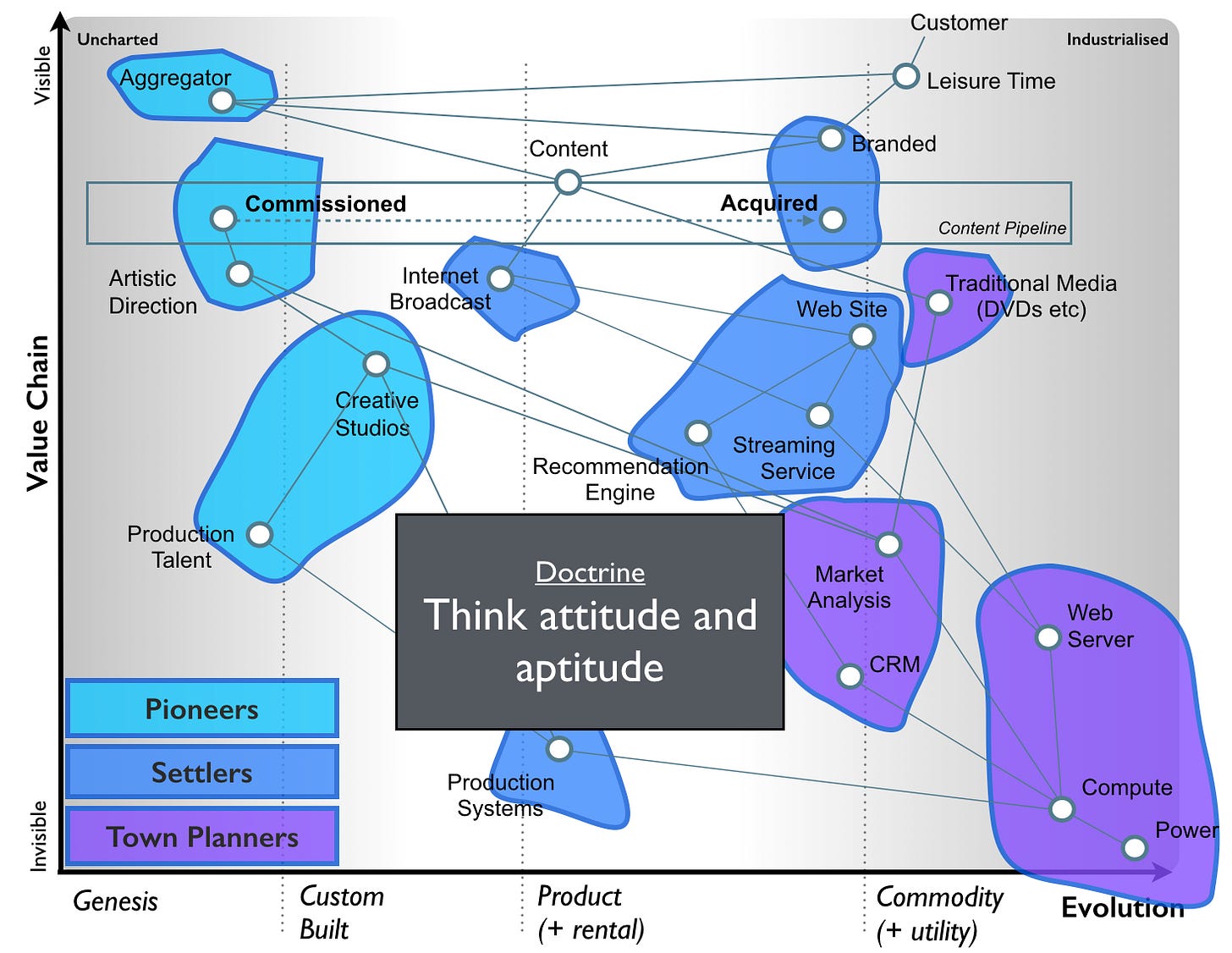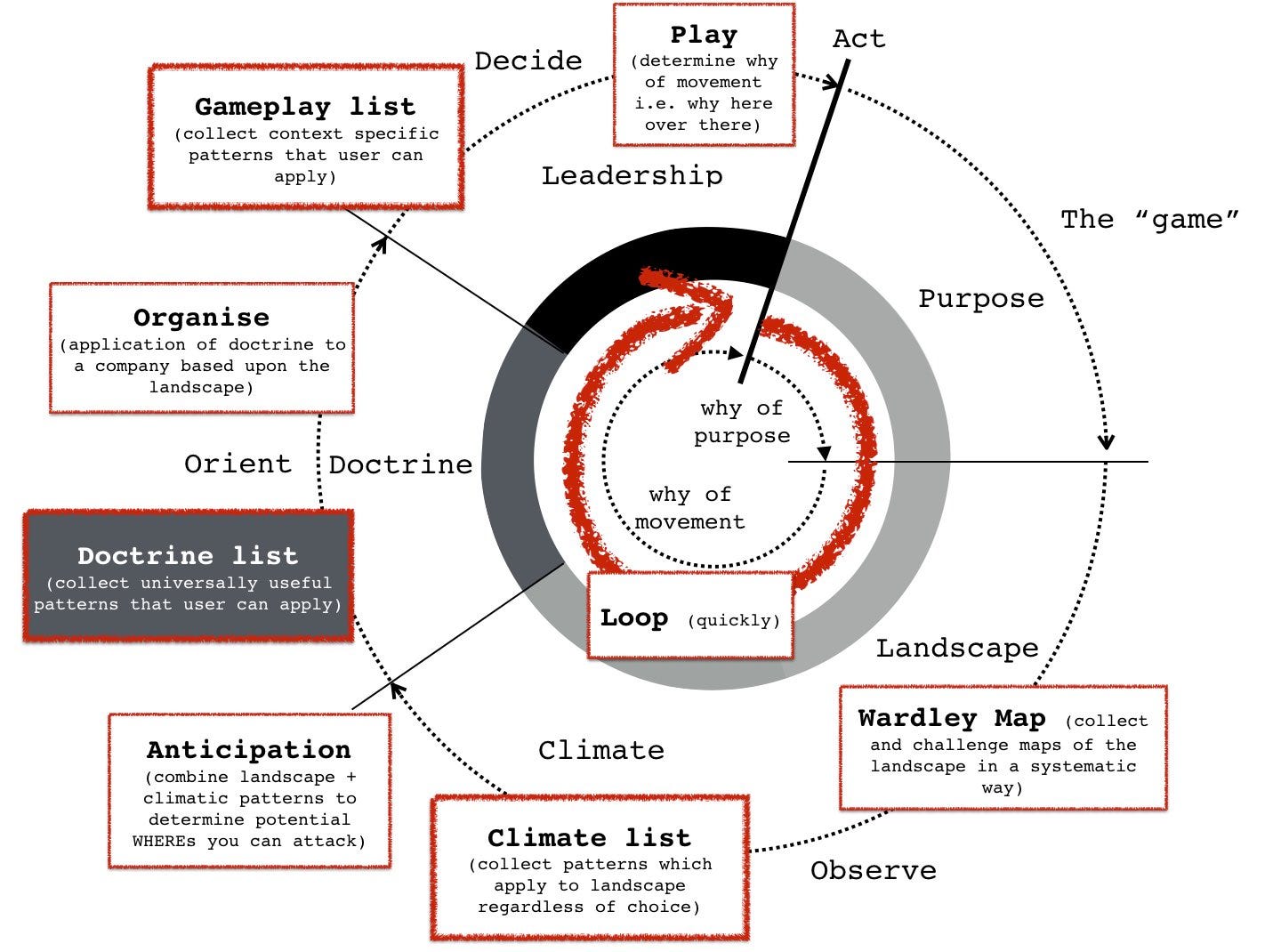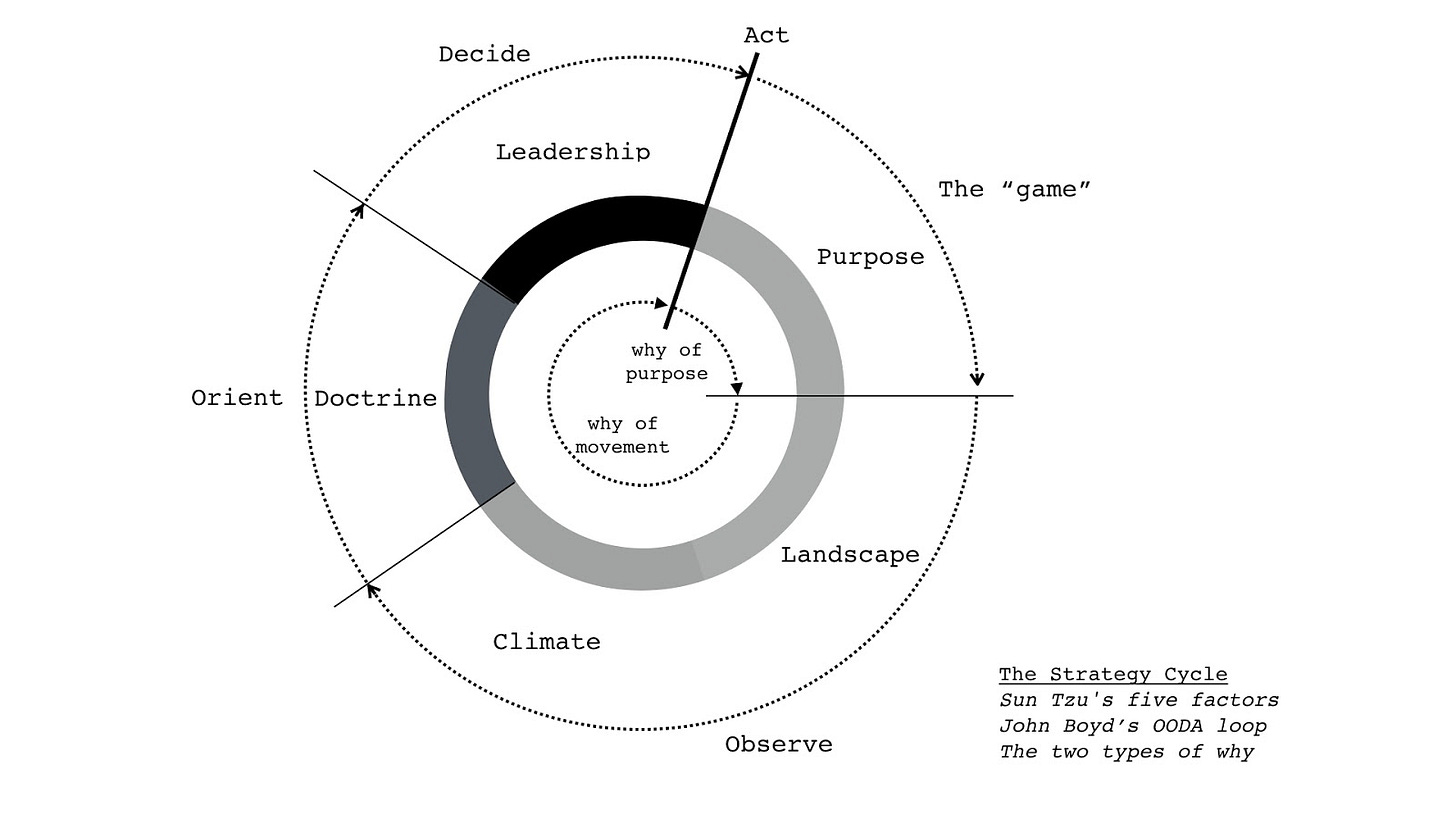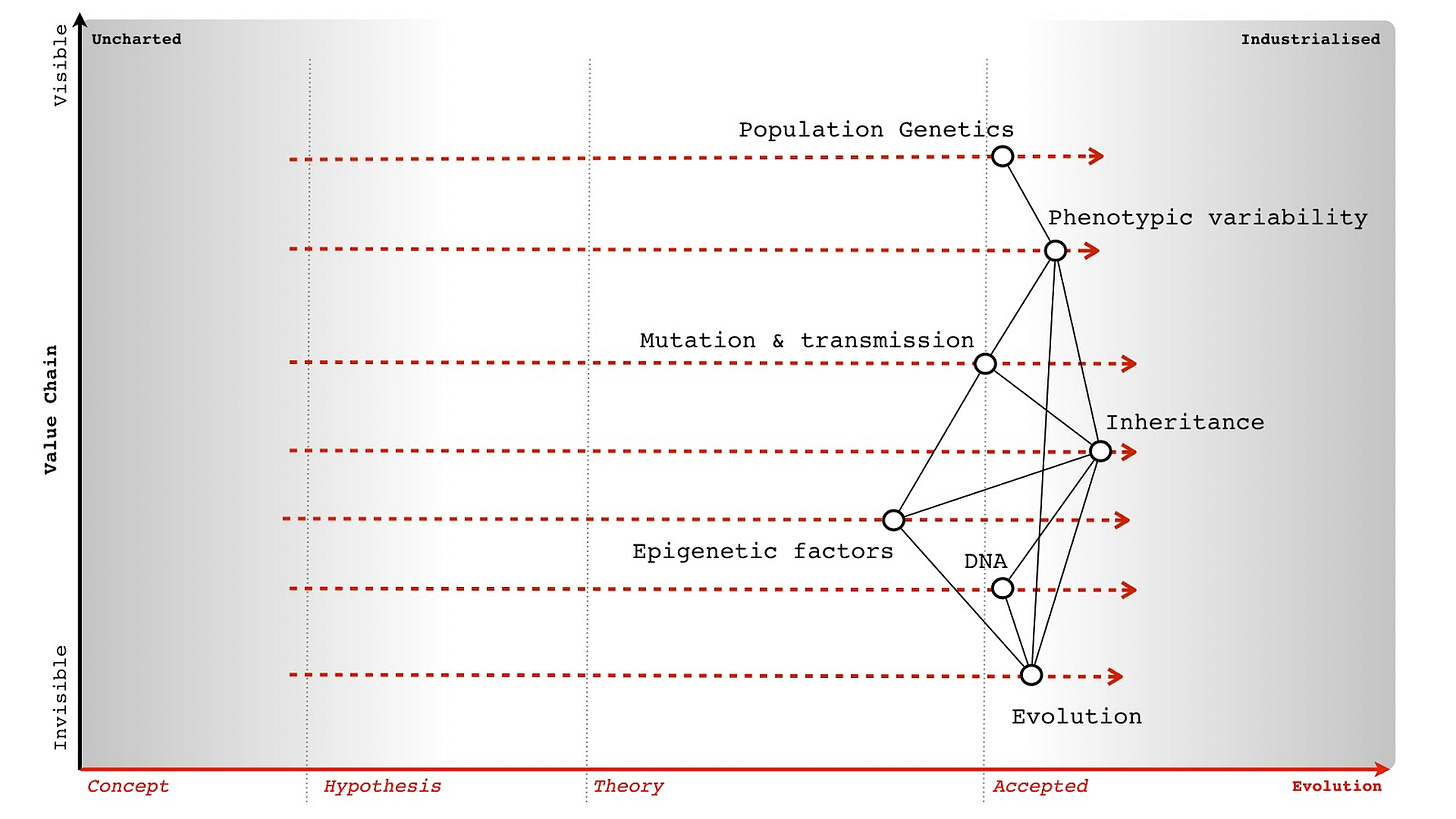Knowledge Systems, Maps, Signals & Cybernetics Re-occulting
Plunging into Cybernetics took me to places I didn't expect to comprehend.
My recent forays into exploring knowledge systems and cognitive sciences led me to discover an unexpected resurgence of "Kybernetes" (also known as Cybernetics). Plunging into Cybernetics took me to places I didn't expect to comprehend.
Yet it was all so fascinating, all so new but old to my system shocked cognition that I plunged deeper still; reading, listening and watching extraordinary amounts of online content.
I'm astounded by the breadth & depth. I couldn't see the sea floor, no matter how sharply I squinted and focused, nor how deep I dived.
This spurned me to sink deeper rather than deter me. Felt like an intrepid explorer reaching the limits of known human conquest. The allure of adventure was unable to be ignored.
As I sunk into darker and deeper abyssal waters, silent pressure of the lagoon's turquoise-turning-ultramarine-turning-indigo-muting-midnight blue water hemming me in. Midnight blue held me calm. I was very still and nearly no light from above reached down here. Now I contemplated the relatively obscure interdisciplinary practice of Cybernetics. To let my observation of its proliferation flow into me without distraction. To let my cognition yield while spiritual & systemic significances ravaged through me: spreading at a virulent rate.
I closed and opened my eyes. What details did I deduce? What could I describe? Was it too much?
It's an irreducible phenomena.
Emergent, not sinking.
New masters and methods,
Boundaries to thinking.Dynamics of resurgence, Complexities recognized.
Cognition convergence, Spirituality dies?
The Systems Sing, Can its Song to the Siren wreck me?
This is an emergence-ee.
Bits or Pieces Blog. One Example of Cybernetic Convergence
Heaving fresh air into pressure-squashed lungs while the sunny day bursts inner vision light bulbs. My senses readjust to landlubberiness and I splutter, hack, until I'm well enough for flopping onto the sandy shore.
I think I can only share one example of a blog today, so it's gonna be a good one.
This example is a blog by one Simon Wardly, who describes himself thusly;
Bits or pieces?
A node between the physical and digital. The rants and raves of Simon Wardley. Industry and technology mapper, business strategist, destroyer of undeserved value. "I like ducks, they're fowl but not through choice"
I encourage you to explore his blog and visit each page to see his approach to logic and mapping layouts of knowledge. I also recommend you pay close attention to the knowledge systems, diagrams and dates his blog posts were published.
Enjoy!
Google Next Trip Report - Sunday, March 12, 2017
This blog post is of Simon reporting his experiences attending "Google Next 17." Google's list of 100 announcements looks... technical. But what caught my eye when scanning this post were Simon's following comments;
"I understand all the excitement about kubernetes and I'm excited to see Google and Cloud Foundry getting close but you all know my view on containers - a useful but ultimately invisible subsystem. The real battle for platform is in the code execution layer and so I'd advise that no matter how tempting things might be that you spend your energy winning that space. It's important to understand that the stakes in this game are the entire future of software development and I'm not kidding when I say "Amazon is eating the software which is eating the world". The danger is people always think they have time but the war is won (in ecosystem battles) long before the market has been dominated."
Stopping Self Harm in Corporate IT - Thursday, May 12, 2016
Wow, I've never seen this document before. But the phrase has become synonymous with boiling a percentage of the population while keeping them unawares of temperature rising. Discovering GCHQ's "Boiling Frogs" document here for the first time is a typical experience when exploring Cybernetic waters. I've found dozens of similarly esoteric documents which prior to today, I had no idea existed. It's also alarming to see how open to the public these documents are. Considering some are authored & published by the world's most notoriously secretive and nosy agencies, you wouldn't expect them to be open sourced and accessible like this... Or would you?
Remember: published in May, 2016
"The more maps you collect, the better your understanding of the entire landscape and the more you can challenge. This is an iterative process, you don't try to boil the ocean with floors of mega bucks consultants designing a death star but instead every time a system is designed or comes up for re-compete then it loops through spend control. Bit by bit you clean up the mess building common components as you go."
The book so far - Friday, April 21, 2017
"Writing is not something I find comfortable. Lately I've been consumed with putting together a book on mapping. It's getting there. Slowly."
Blue pill or red pill? - Thursday, May 25, 2017
Rebooting GDS - Tuesday, October 30, 2018
"There has been a lot of chatter recently about rebooting GDS (Government Digital Service). Don't get me wrong, GDS has made mistakes but some were actually my fault. I made a terrible assumption in writing the "Better for Less" paper to do with mapping and how much people were aware of it."
"To begin this journey, I'm going to introduce you to the strategy cycle (figure 1). It's fairly simple :-
Have a purpose, a moral imperative.
Observe the landscape you're operating in and the climatic patterns that impact it (in terms of business we call these economic patterns). These patterns are useful for anticipation of change.
Orient your organisation around the landscape using basic principles (known as doctrine).
Decide where you're going to play, game the landscape to your favour and act. This is collectively known as leadership.
It's a cycle - every time you or anyone else acts it can change your purpose, the landscape, where you need to act etc."
"At the beginning, I did say hold your horses on organisational change and strategy because the honest truth is most people haven't got a clue how to do this - it's pretty much all random, blind luck, memes picked out of the air. The reason why you felt panic is because you didn't know what to do. The good news is, most executives don't either."
What is an expert - Wednesday, October 31, 2018
"Now, you might ask me why the nodes on the last map have no labels. Well, it's because I don't know what they are. I've just added some node and links as a way of saying - there will be components involved but I have no idea what they are. If you actually want a map for it then you'll need to talk to an expert on the subject.
The only people who can actually map a space are those with expertise in that space. In the same way, the only people who can draw you a map of London (even a crude one) are people who have either been to London (physically or virtually) or seen a map.
The beauty of maps is we can have many experts (both generalists and specialists), sharing and communicating with each other through the use of maps and hence improving them. This leads to best thing about maps. For a rookie like me, then a map is the fastest way I know of bringing me upto speed of a complex and complicated environment. It's also the fastest way of discovering just how little I know."
What culture is right for you? - Wednesday, July 31, 2019
Figure 4 - The stages of capital and the labels we use.
Figure 5 - A map of co-evolution with technology.
"Sometimes, within the maelstrom of a changing technology there emerges a set of practices that transcend the context and are universally useful i.e. focus on user needs or think small i.e. know the details. Sometimes these practices are hidden in more context specific practices i.e thinking small hidden in both micro services and the use of cell based structures. These practices are not dependent upon the underlying technology and the specific context. These practices we call universally useful principles and doctrine is simply a collection of universally useful principles."WHAT CULTURE IS RIGHT FOR YOU?
"In 1952, the American anthropologists, Kroeber and Kluckhohn, critically reviewed concepts and definitions of culture in the academic world and compiled a list of 164 different definitions. Any review of popular business press shows the term is equally, if not more so nebulous today. Despite this, we assign almost mystical properties and powers to “culture” with memes such as “culture eats strategy for breakfast."
"This question of observation provides me with a route into the field, because maps are all about observation. The very start of the strategy cycle (figure 6) is the first O of OODA - observation, from which contexts can be learned and patterns discovered then reapplied."
Figure 6 - The Strategy Cycle.
Figure 7 - Population Genetics as Knowledge.
"Maps inherently have perspective and many layers can be used from the individual to the nation state. Maps are designed around the concepts of evolution and for this reason maps can assist with both the complicated and the complex (emergent behaviours). Maps are a context aware mechanism of communication and learning for both past actions and potential future behaviours."
"At first glance, these concepts of context and of universal patterns appear to chime well with the ideas of culture." "We also know that maps themselves can change behaviour, from the tackling of bias to inertia. Maps have the potential to be a visible artefact of culture and as much a part of the landscape as a means of visualising it. The most severe limitation is that maps depend upon evolution of capital."However, ideas, the meanings between them and even our values and ethical constructs evolve. In Edgar Schein’s Organisational Culture : A dynamic model he directly refers to the changing nature of value from espoused values to assumptions to unconscious responses."
"In mapping terms, a similar evolutionary scale can be acquired by combining the labels from different forms of capital (across practices, data and knowledge). Taking figure 4 above, I've highlighted the following labels (figure 8) to provide a scale of :-
Stage I: Concept (and observation) - an espoused value. Stage II : Emerging - the evolution of an espoused value as an emerging theme. Stage III : Converging - the conflict between emerging themes to form an assumption or an array of assumptions Stage IV : Accepted - the unconscious response when the once espoused value has become an accepted norm and taken for granted."
NEXT STEPS
"Some of the components of culture (whether principles or attitudes or ethical values) can be mapped with the assumption of values evolving as described above. Some of the components of today's culture are a consequence of past choices in past landscape. In the same way that we have technical debt to past choices and inertia to change from past success, we should also see cultural debt and inertia to change from ethical capital."
"This, however, is a dangerous line of inquiry. As we already know, competitive markets can be easily mapped and manipulated through gameplay from a local industry to nation state. The problem is not can we map and manipulate the culture of a local organisation to create some favourable change as we can simply do this by giving someone the list of doctrine and ask them to examine the company. The problem is can we manipulate the ethical values of a wider system such as a nation state once we have mapped it?"
"For over a decade, I've been hesitant to explain more on this topic. Times have changed though. Mapping has spread enough that I should open the door a bit more."
Embedded in memory - Wednesday, October 02, 2019
"From the earlier sections, I hope we have a basic grasp of concepts like values, principles, enablement systems and the general map of culture. Of course, it's quite a lot of ground to cover, so how much you understand probably depends upon how much you remember and when it comes to culture, nothing matters more than memory."
"Within any collective, the values we espouse and the principles we hold are embodied in the written history and the living memory of its members (see point 1, figure 1)"
Figure 2 - The flywheel or doom loop?
"For a collective to succeed it needs to diffuse its values to others (point 1). That collective however is in competition with other collectives and that competition causes values to evolve. The success at which we can diffuse values depends upon both the effectiveness of the enablement systems (i.e. mechanism of diffusion) and the effectiveness of the collective itself (i.e. the use of universally useful principles) - see point 2. Those values and principles will change over time but will also be embedded in the memory (point 3) of the organisation through stories, rituals and symbols. That remembered history will impact the psychological safety of members of the collective which will in turn impact the sense of belonging to the collective (point 4).
The flywheel is where we exploit this loop to reinforce positive memories through experience to encourage psychological safety and hence a sense of belonging within the collective allowing for not only confirmation of values but also encouraging their diffusion in a wider society.
The doom loop is where some experience (i.e. a failure to allow challenge) embeds in the collective's memory undermining the psychological safety of the group which in turn undermines belonging to the collective. This can impact the ability of the collective to succeed, to diffuse its values and if we allow the situation to continue (i.e. failing to communicate, failing to allow challenge, failing to think big and inspire others) or even exacerbate the situation through some misguided action then the collective can fall apart over time.
But what do I mean by exploitation or misguided action? How do we achieve that? This is the point where I bring in my favourite topic - that of strategy and gameplay."
Summary There are a number of basic concepts I wished to get across in the section. These include :- The collective has a memory and that memory is part of culture. Your choices and actions, from your use of universally useful principles to gameplay, will affect that memory. Within culture there are loops, some of which are positive (flywheel) and some of which can be negative (doom loop). Not all gameplay is equal, some is more "evil" than others depending upon your perspective and values. Gameplay can impact culture and also can be constrained by it since it's part of the same thing.
In the next section, I will continue to look at how to distort an existing culture whether your own or someone else's














